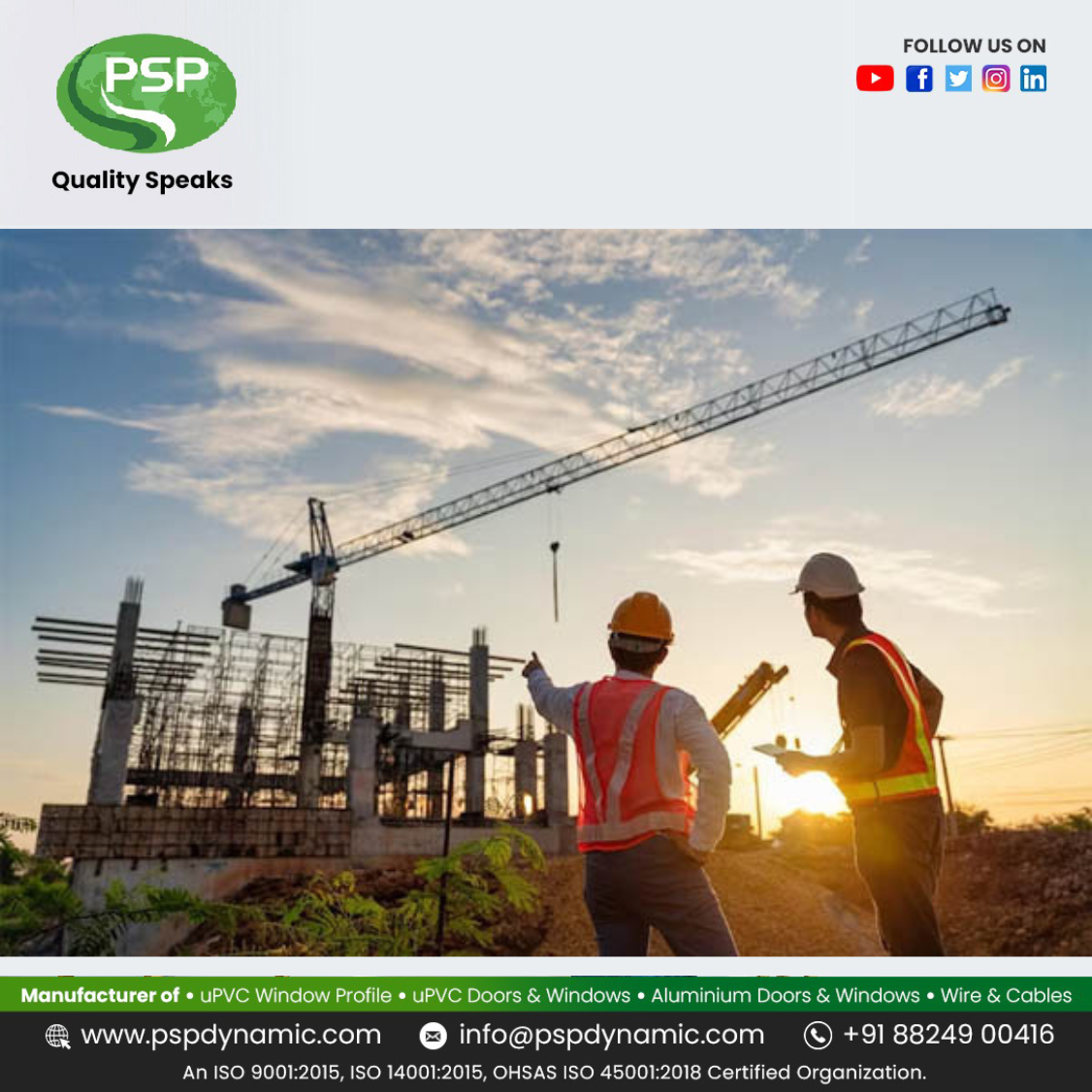
In India's rapidly expanding construction sector, the construction management division is the behind-the-scenes force that orchestrates projects from conception to completion. It's supervision, yes, but so much more than that—it's the pulse of innovation, efficiency, and synchronization.
Visionary project managers in Delhi managing cross-discipline teams, a safety manager in Bengaluru using sensors to implement protocols, and a digitally empowered engineer in Hyderabad avoiding rework expenses. Those are the human faces behind each successful construction.
One firm bridging this orchestration is PSP Dynamic Limited, whose construction management arm integrates logistics, tech, and safety expertise to produce streamlined results all over India.
A division of construction management is a comprehensive section in a company that coordinates all stages of a construction project: from planning, procurement, and design coordination, to execution, safety compliance, scheduling, and handover. It helps all stakeholders work together toward a common vision—providing quality on time and within budget.
These divisions generally include:
They function as a frictionless conductor, converting blueprints into built form with precision and human touch.
Office parks, mixed-use skyscrapers, shopping malls—with emphasis on frictionless integration of structure, HVAC, electrical, and finishes.
Hospitals, schools, labs—where accuracy, safety, and regulatory compliance are critical.
Mass gated communities or high-rise buildings maintained with uniformity within units and phases.
From logistics parks to city bridges—constructed under PPPs or government orders, requiring stringent coordination and transparent accountability.
They tie architects, consultants, contractors, and vendors together—preventing conflicts before they escalate into crises.
With profound insight into building codes, environmental standards, and safety regulations, these departments anticipate delay.
Through the use of techniques such as CPM scheduling, lean construction practices, and procurement effectiveness, they maintain scope, budget, and schedule in sync.
They implement periodic audits, on-site safety measures, and stringent standards on materials and workmanship.
From digital project management software to drone-based monitoring, AI analytics, they leverage digital technologies to streamline processes.
Very commonly used for clash detection, scheduling, and quantity take-offs. BIM allows 3D visualization and real-time coordination of multiple stakeholders.
Pre-engineered and modular building slashes site work by a significant margin—Increasing accuracy, accelerating delivery, and minimizing waste.
Use of green concrete, recycled steel, energy-efficient equipment, and harvesting rainwater—supported by IGBC, LEED, or GRIHA certifications.
Mobile project management software, IoT sensors, AI-based resource planning, and drone surveys and progress monitoring keep supervision streamlined with fewer delays.
Lean construction practices, integrated project delivery (IPD), design-build, or PPP models encourage collaboration, shared risk, and expedited decision-making.
Each department is driven by compassionate professionals—
These professionals add professionalism and personality to every nook of the construction site.
India's urban population and infrastructure demands are increasing at a fast pace. With the need for over $2.4 trillion of investments in climate-resilient infrastructure by 2050, construction management departments will have to grow wisely—unifying construction management, sustainable thinking, and digital technologies to provide at national scale.
As cities evolve under Smart Cities Mission, urban growth, and infrastructure development, these departments will design not only buildings but entire smart environments.
It's a specialized department in a firm charged with planning, coordination, procurement, execution, technology integration, compliance, and safety throughout a construction project life cycle.
Applications such as BIM, mobile PM apps, AI for risk forecasting, drones for surveying, and IoT sensors improve planning precision, safety, communication, and resource optimization.
Key practices include use of recycled or low-carbon materials, rainwater harvesting, solar installations, energy-efficient systems, and green building certification pursuit.
They contend with regulatory complexity, unskilled labour shortages, volatile material costs, safety monitoring, and environmental compliance issues.
These models such as designâbuild, IPD, and lean practices encourage collaboration, early decisionâmaking, less rework, shared risk, and improved timeâcost alignment.